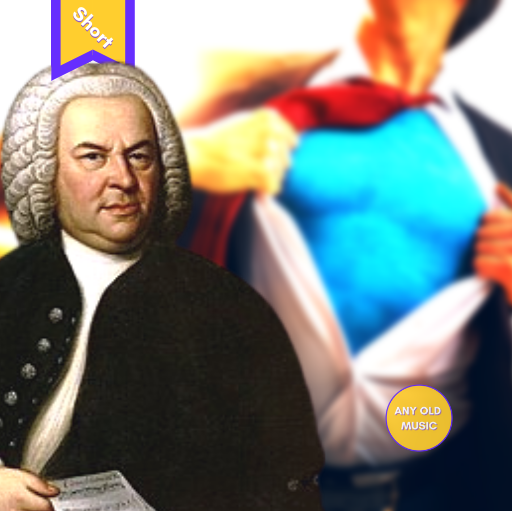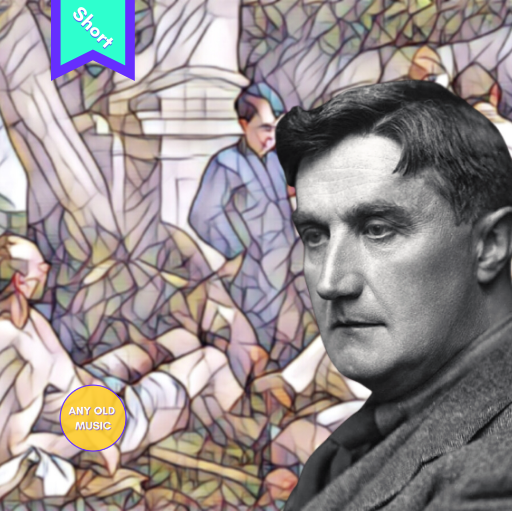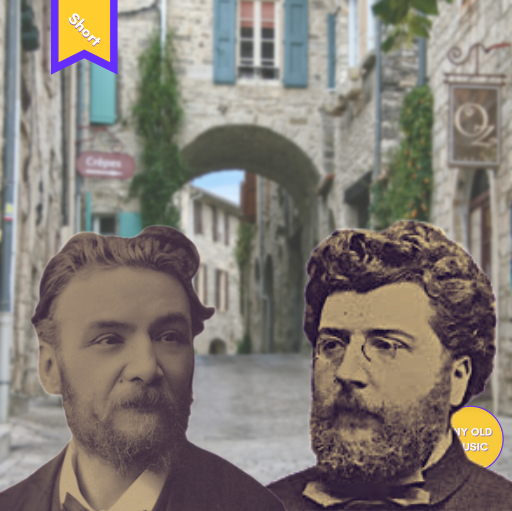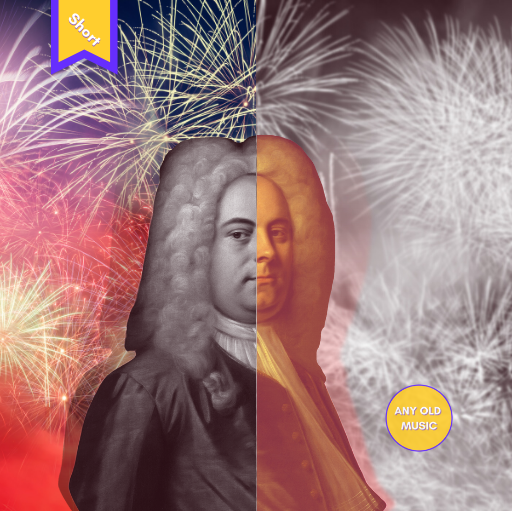J. S. Bach – Badinerie (Orchestral Suite No. 2 in B-minor) (Bitesize Composition Analysis)
A nifty way in which Bach modulates, particularly from a minor to a major mode, is by simply pivoting around the tonic of the previous minor key. In the final movement “Badinerie”, of his Orchestral Suite No. 3, for instance, he will often give the tonic chord a cape, turning it into a super-tonic chord […]










